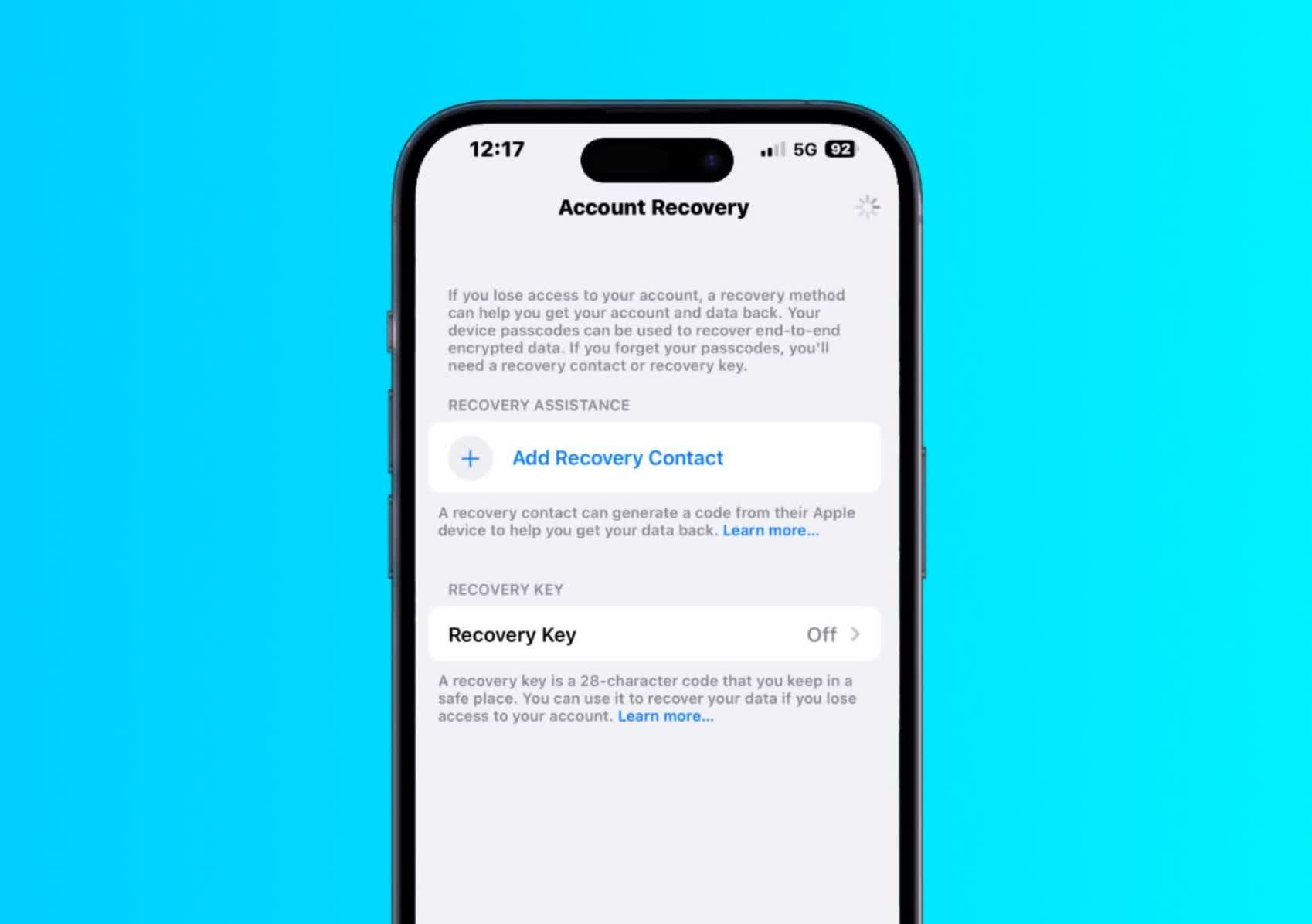A special feature on iPhone is helping phone thieves: Many people are bitter because they have lost their “heirs” for more than 10 years!
- Tram Ho
Apple’s special feature
Having your phone stolen by a thief is already boring. But even more frustrating is that you are locked out of your Apple ID account, unable to log in on another device to retrieve data. All because of a secure but rigid Apple security feature.
Greg Frasca has been locked out of his Apple ID account by Apple since October and is trying in every way to get it back.
He had intended to fly from Florida to Apple’s headquarters in California to personally prove his identity or write a $10,000 check to get his account back. This is the account that keeps the only copies of his photos of his young daughter over the past eight years.
It all started with thieves who stole Frasca’s iPhone 14 Pro at a bar in Chicago. They wanted to withdraw cash from the bank account and prevent Frasca from remotely tracking the stolen phone.
They used the phone passcode to change the 46-year-old’s Apple ID password. They also enabled Apple’s very difficult security setting called “recovery key”, which made it impossible for him to sign in to his account or retrieve his password.
A few months ago, it became common for thieves to stalk around bars at night in the US. They track the iPhone owner entering the password and then stealing the phone.
With a short four- or six-digit password string, criminals can change Apple account passwords and deprive them of thousands of dollars using Apple Pay and financial apps.

Dozens of victims who contacted the WSJ confirmed similar tactics in at least nine US cities, including New York, New Orleans, Chicago and Boston. Many people are able to get their money back, but those who have their Apple accounts locked by thieves using a recovery key face an even bigger challenge.
They must find a way through Apple’s complicated policies and bureaucracy to get back their lost photos, contacts, notes, messages, and other files.
Apple introduced a recovery lock feature in 2020 to protect users from online hackers. When the recovery key is enabled, users will have a 28-digit code that resets their Apple ID password.
By remembering this sequence of numbers, users can recover their accounts without having to remember other personal information.
In fact, this is a very effective way of security, because crooks can change the password when they get the victim’s personal information. But when the recovery key is on, they can’t do that.
However, this is a double-edged sword. For those who haven’t enabled this feature to receive a 28-digit code sequence, they won’t be able to recover into their account once the thief turns on the recovery lock feature.
Apple’s policy makes it almost impossible for users to get back into their account without that recovery key. In other words, a stolen iPhone not only causes physical damage, but also the data on the user’s Apple ID account cannot be accessed on another device.

Disgusting locks
After Cameron Devine’s iPhone 13 Pro was stolen from a Boston bar last August, the 24-year-old said he spent hours on the phone with Apple customer support trying to retrieve it. access to data stored for more than 10 years.
Everyone on the phone told him the same thing: No recovery key, no access. Devine had never heard of the feature, let alone set it up.
Many victims provided Apple with passports, driver’s licenses, and other forms of identification to prove account ownership.
In a letter to Apple, victim Frasca asked for a DNA test or retinal scan, but Apple also refused. Frasca and many others were confused when there was no other way to prove ownership of their own accounts.
Apple’s approach is said to be rigid and fraught with risks, while there are other better protections than the recovery key method.
If someone hijacks your Google account, Google’s password reset process requires you to provide your recovery email, phone number, or account password. From these, users can regain access, even if the intruder changes things.
Performing the process on a Wi-Fi network or familiar location can also help prove the user’s identity. A Google spokesperson recommended setting up a recovery phone number and email address in your account settings as a precaution.
Terry Allen’s iPhone 13 Pro was stolen in New York in August. His account contains precious photos, including some of his nephew.
After months of calling Apple customer support and sending letters to the company about how the thief obtained the 28-digit recovery key, Allen finally met someone who helped him get out. out of deadlock.
After answering additional verification questions, Apple disabled the recovery key. He then reset his password and regained access to the account.
Apple declined to comment on Allen’s case and why others should not do the same.
There are ways to prevent thieves from using your password to enable the recovery key. The important advice is still to avoid thieves from peeking into the phone password. To prevent problems using Face ID while in public, set a phone password with both letters and numbers.
Source : Genk
